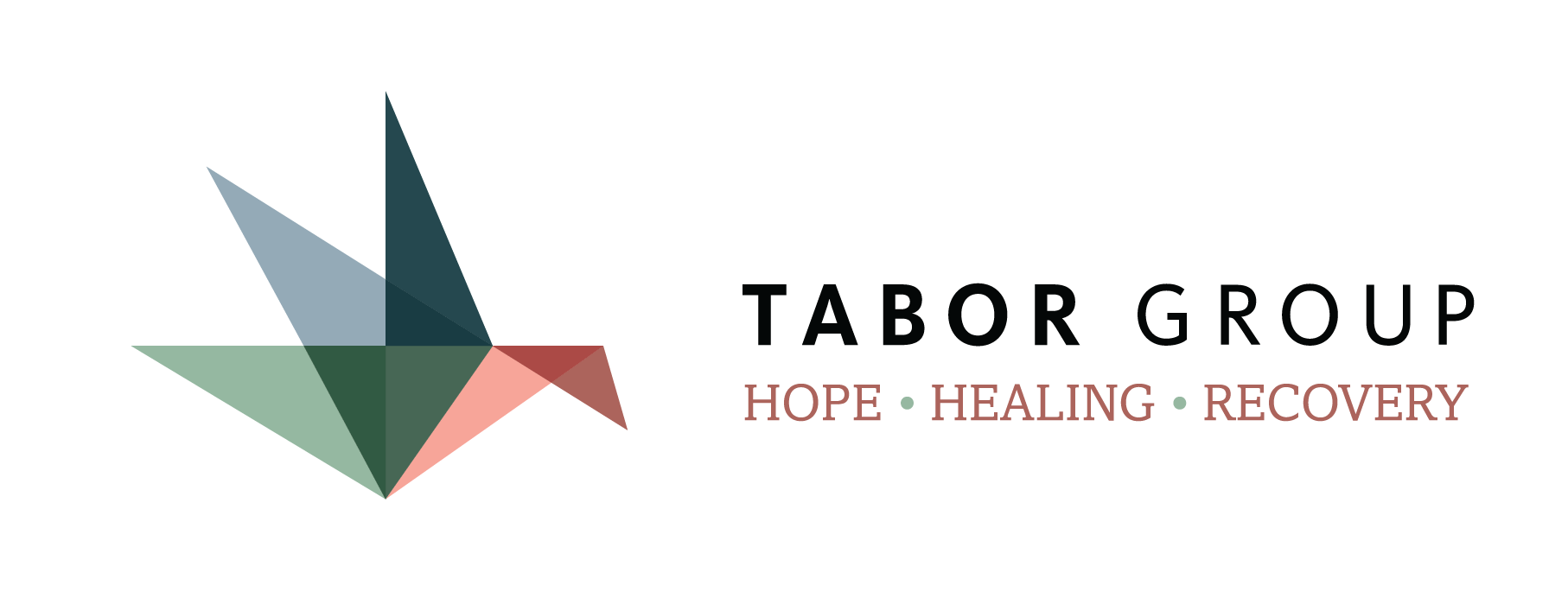 Going off to college is a time of new-found independence. Third level students get to take their own adventures, face their own challenges and make their own choices without the oversight of a parental figure. Unfortunately, this also means making decisions about whether to drink, to experiment with illicit substances, or to misuse prescription pills to get through an all-night assignment.
The chances of young adults using drugs at university are high. According to a 2016 study, 43% of students used an illicit drug over the last year. This is the highest prevalence we’ve seen among college students in three decades. But what drugs are they using, exactly? Are our young people putting themselves at risk for longer-term issues, like an addiction? Here, we outline some of the most commonly used drugs by third-level students today.
Going off to college is a time of new-found independence. Third level students get to take their own adventures, face their own challenges and make their own choices without the oversight of a parental figure. Unfortunately, this also means making decisions about whether to drink, to experiment with illicit substances, or to misuse prescription pills to get through an all-night assignment.
The chances of young adults using drugs at university are high. According to a 2016 study, 43% of students used an illicit drug over the last year. This is the highest prevalence we’ve seen among college students in three decades. But what drugs are they using, exactly? Are our young people putting themselves at risk for longer-term issues, like an addiction? Here, we outline some of the most commonly used drugs by third-level students today.


